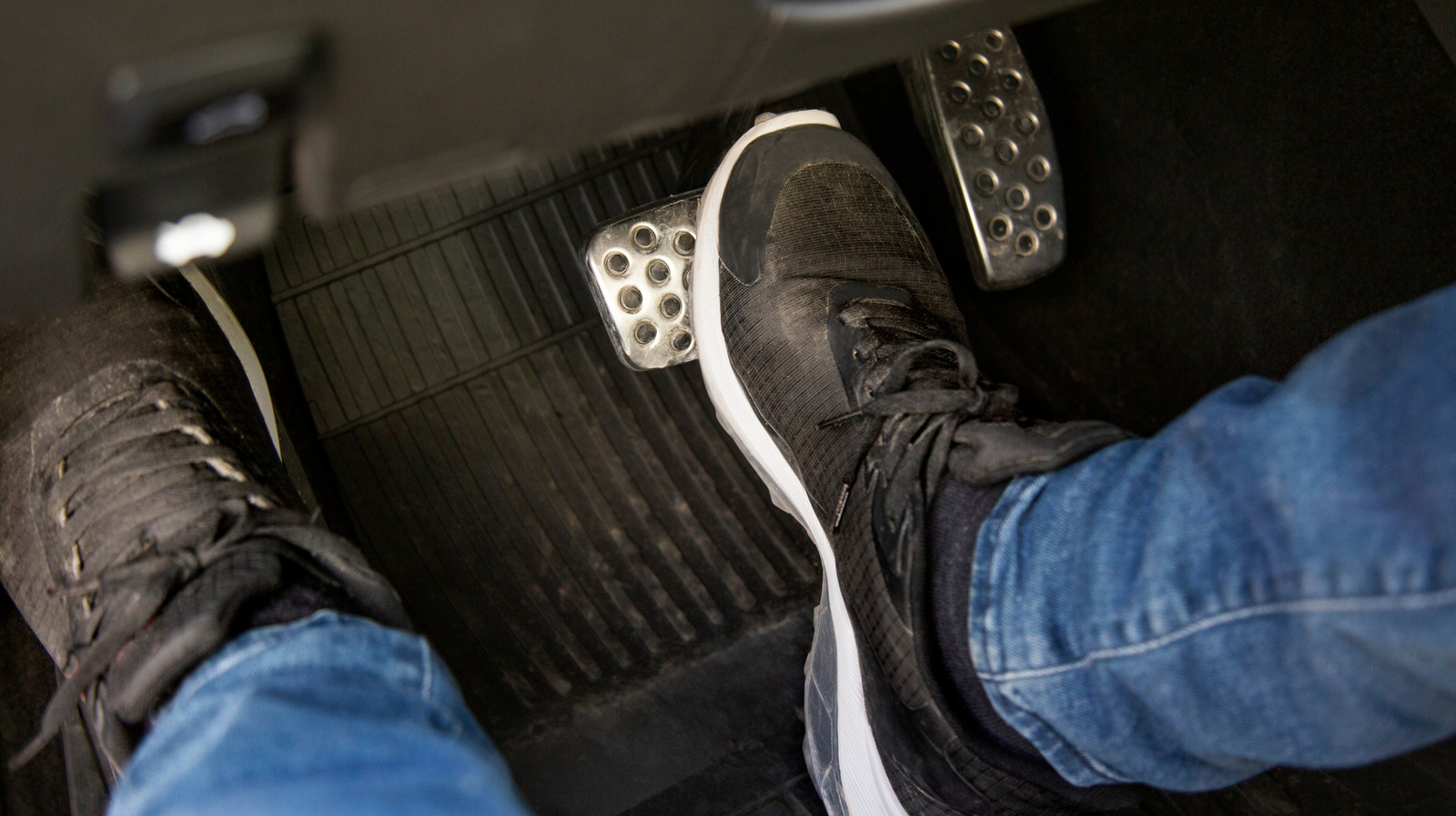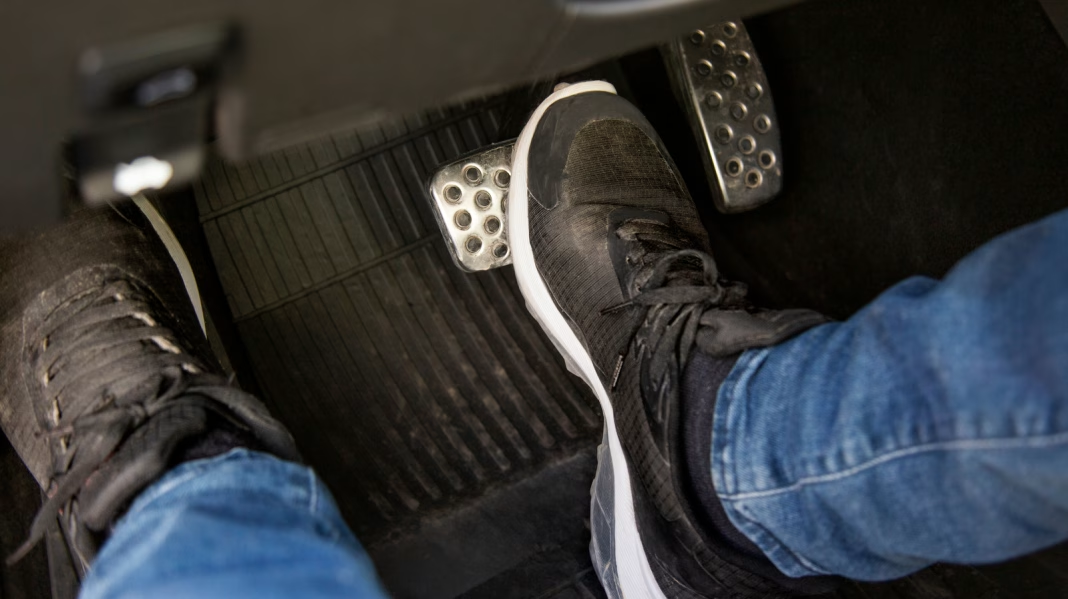What Exactly Is Engine Braking and How Does It Work?
Ever coasted down a hill and noticed your car slowing down without even touching the brake pedal? That’s engine braking in action. It’s a simple concept, but there’s more going on under the hood than most drivers realize. When you lift your foot off the accelerator, the throttle plate closes, restricting airflow to the engine. The engine then acts like a big air pump, creating resistance that slows your car. Instead of relying solely on your brake pads, you’re letting the engine do some of the heavy lifting.
This isn’t just a trick for manual transmission drivers, either. Modern automatics often allow for a bit of engine braking, especially if you shift into a lower gear on a steep descent. The result? Less wear on your brakes and a smoother, more controlled ride.
Why Do Drivers Use Engine Braking Instead of Regular Brakes?
There’s a good reason experienced drivers swear by engine braking, especially when navigating long downhill stretches. Traditional brakes convert kinetic energy into heat, and too much of that heat can cause brake fade—a scary situation where your brakes lose effectiveness. Engine braking, on the other hand, doesn’t generate that kind of heat. It’s a way to manage your speed without overtaxing your brake system.
Truckers have relied on this technique for decades, particularly when hauling heavy loads through mountain passes. But even in your daily commute, engine braking can extend the life of your brake pads and rotors. According to a 2023 report from the National Highway Traffic Safety Administration, proper use of engine braking can reduce brake wear by up to 30% in hilly terrain. That’s money saved and peace of mind gained.
Is Engine Braking Bad for Your Car?
Here’s where myths and reality often collide. Some folks worry that engine braking will damage their engine or transmission. The truth? When done correctly, engine braking is perfectly safe for most vehicles. In fact, your engine is designed to handle the forces involved. The key is to avoid downshifting too aggressively, which can cause the engine to over-rev. As long as you match your speed to the appropriate gear, you’re in the clear.
Modern cars, especially those equipped with electronic fuel injection, actually cut fuel delivery during engine braking. That means you’re not only saving your brakes, but you’re also burning less fuel. It’s a win-win.
How Do You Engine Brake the Right Way?
Let’s break it down. If you’re driving a manual, ease off the gas and shift down one gear at a time as your speed drops. Don’t skip gears or dump the clutch—smooth transitions are key. In an automatic, you can usually select a lower gear (like “L” or “2”) when you need extra control, such as descending a steep hill.
Pay attention to your tachometer. If the engine revs shoot up into the red, you’ve downshifted too soon. The goal is to let the engine slow the car naturally, not to force it to scream for mercy. With a little practice, you’ll find the sweet spot where your car decelerates smoothly and predictably.
Are There Times When You Shouldn’t Use Engine Braking?
Absolutely. On icy or slippery roads, engine braking can sometimes cause your wheels to lose traction, especially in rear-wheel-drive vehicles. If you feel the car start to slide, ease off and use gentle brake pressure instead. And if you’re towing a trailer, check your owner’s manual—some manufacturers recommend sticking to traditional braking methods to avoid stressing the drivetrain.
One more thing: don’t rely solely on engine braking in emergency situations. Your brakes are still your best bet for rapid stops.
What Are the Real-World Benefits of Engine Braking?
Beyond the technical perks, engine braking just feels good. It gives you more control, especially on winding roads or in stop-and-go traffic. You’ll notice your ride is smoother, and your passengers will thank you for the lack of sudden jolts. Plus, with less brake dust and fewer trips to the mechanic, your wallet gets a break too.
A 2022 study from the Society of Automotive Engineers found that drivers who regularly use engine braking reported a 20% increase in overall driving confidence, particularly in challenging conditions. That kind of peace of mind is hard to put a price on.
The big takeaway? Engine braking isn’t about perfection—it’s about smarter adjustments. Start with one change this week, and you’ll likely spot the difference by month’s end.


